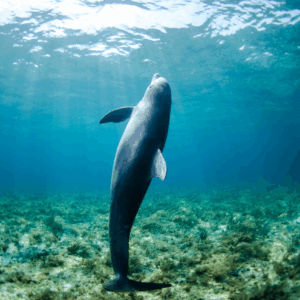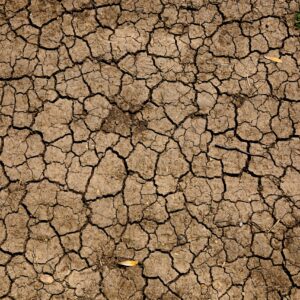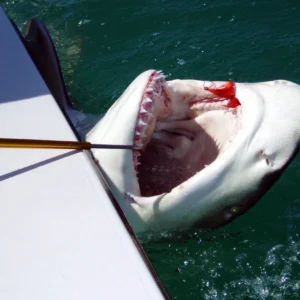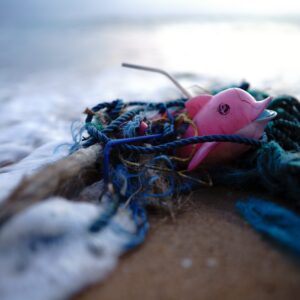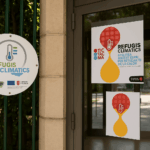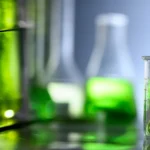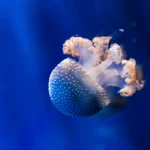A new study estimates that 24,000 billion microplastics are present on the surface of the oceans. An already impressive figure, but one that could increase still further, multiplying the risks for biodiversity and our environment.
More and more plastic particles? The Center for Oceanic and Atmospheric Research at the University of Kyushu (Japan) has studied the question. Its new studypublished this September, makes an edifying observation. The international team attempted to estimate more than
precisely the quantity of microplastics in our oceans. These fragments are almost invisible. Their size can vary from 5 millimeters to a few hundred nanometers. To achieve this, the researchers analyzed and cross-referenced over 8,200 water samples taken from various parts of the planet. Initially, this data was intended to feed a public database.
The result? These scientists estimate that there are 24,400 billion microplastics in our oceans. These particles are so numerous that their total weight could be between 80,000 and 580,000 tonnes. This is considerably more than the previous estimate from 2015. At that time, a team of researchers put the figure at 5,500 billion microplastics, weighing between 93,000 and 236,000 tonnes. But this is just the tip of the iceberg. Scientists estimate that at least 150 million tonnes of plastic waste of all kinds lie on the ocean floor.
The extent of the disaster
In just six years, has the number of microplastics floating in our oceans increased fivefold? According to Plastics Europe, the manufacture and consumption of plastic is still very high, with 367 million tonnes of products in 2020. For the WWF association, “the quantity accumulated in the ocean could double by 2030 to 300 million tonnes”. However, studies show that the concentration of plastic has changed little in recent years near industrialized coasts.
So where does this plastic go? “Waste generated in Europe, Asia or the United States is carried by currents. It goes very, very far, and is found in places where there is no plastic production, such as the polar zones, the ocean floor or remote islands,” François Galgani, a researcher at the French Research Institute for Exploitation of the Sea (Ifremer) and co-author of the study. During their journey, this waste will degrade into microplastics and disperse throughout the world’s oceans.
The large discrepancy between the results of 2015 and those of today can be explained above all by differences in calculation methods. “The more we look, the more we find! Today, we have a wider coverage, and we can see that it’s much greater than what we had previously counted,” explains François Galgani. And with good reason: compared to 2015, eight times more data could be analyzed, giving a much more accurate result. However, despite the increase in the number of samples compiled, some major elements are still missing: water from the Western Indian Ocean and the South China Sea. And yet, 68% of plastic waste in the oceans comes from South Asia, Southeast Asia and China.
Small fragments of microplastics mean big responsibilities
These microplastics, which can be 70 times smaller than the thickness of a human hair, are likely to have a major impact on marine life. ” Microplastics can have two major types of impact: ingestion by marine animals and transport of species,” explains François Galgani. In the first case, most species excrete microplastics. So for the researcher, “the risk of having microplastics in the seafood we consume is very limited”.
On the other hand, the transport of species is far more alarming. François Galgani points out that with 24,400 billion microplastics, “each microplastic can carry bacteria, viruses, single-cell species, and we have no knowledge of these micro-organisms. Yet we know very well that there are risky and pathogenic species. This could unbalance ecosystems and biodiversity”.
Peru and Rwanda have just proposed an international agreement to combat plastic pollution worldwide. The 27 members of the European Union are already backing it. It proposes the creation of an Intergovernmental Negotiating Committee with a mandate to draw up “a legally binding international agreement based on a comprehensive approach to prevent and reduce environmental pollution”. An agreement that would also take microplastics into account, and which will be examined by the United Nations Environment Assembly, due to meet from February 28 to March 2 in Nairobi.
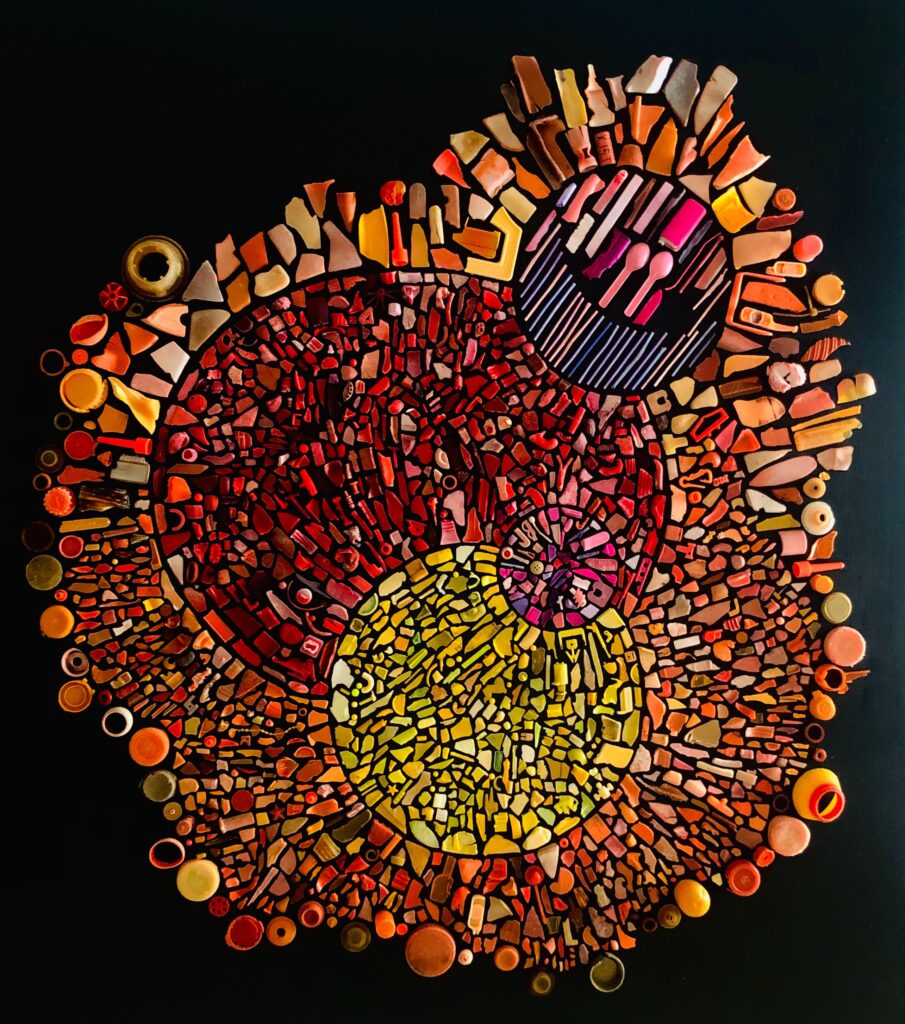
Photo by dan lewis on Unsplash
We ingest 5g of microplastic every week, the equivalent of a credit card.

